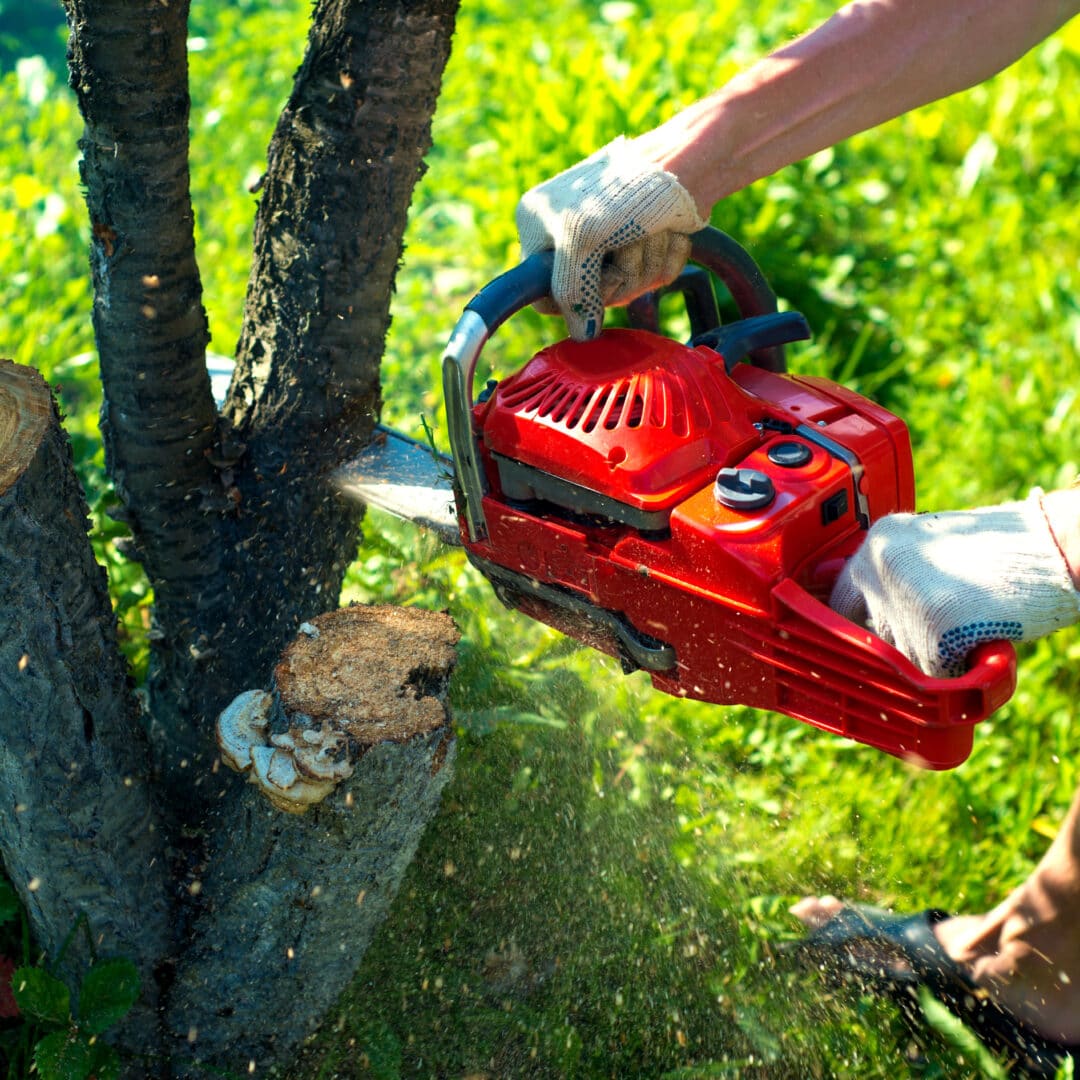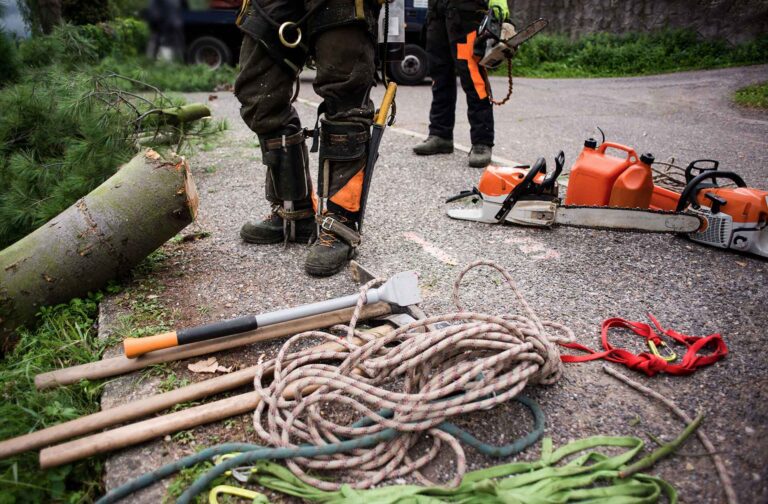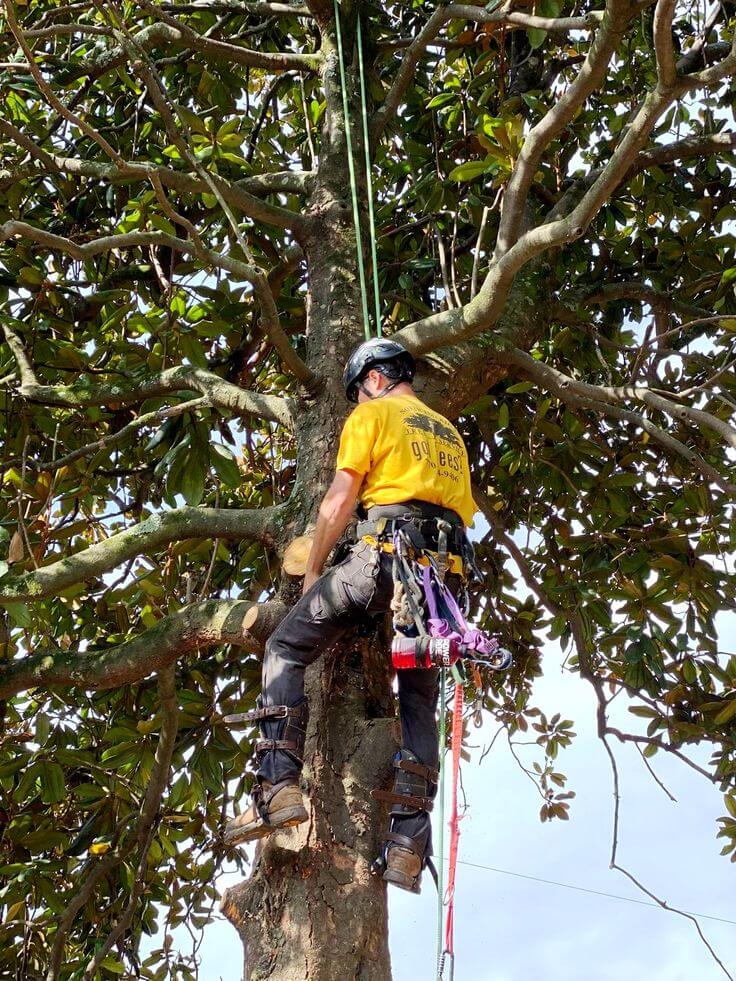Tree Removal Equipment: The Ultimate Guide to Tools and Techniques
Introduction
Tree removal is a critical task for maintaining safety, aesthetics, and health of landscapes. Whether you’re dealing with a dead tree posing a hazard or simply clearing space for new growth, having the right equipment is essential. In this guide, we’ll dive deep into the various types of tree removal equipment, their uses, and safety practices to ensure efficient and safe tree removal.

Types of Tree Removal Equipment
Tree removal equipment can be broadly categorized into manual tools and power tools. Manual tools are great for smaller jobs and offer precision, while power tools are necessary for larger, more demanding tasks. Additionally, specialized equipment can make certain jobs easier and safer.
Manual Tree Removal Tools
Pruning Shears: Ideal for cutting small branches and twigs, pruning shears are a must-have for any tree removal task. They’re perfect for fine-tuning and shaping trees.
Loppers: These are essentially larger pruning shears with long handles, allowing for greater leverage and the ability to cut thicker branches.
Hand Saws: Available in various sizes, hand saws are useful for cutting through branches that are too thick for toppers but don’t require the power of a chainsaw.
Axes and Hatchets: Traditional but effective, axes and hatchets are great for chopping down small trees or splitting larger branches and trunks.
Power Tools for Tree Removal
Chainsaws: The workhorse of tree removal, chainsaws can cut through large trunks and branches with ease. They are available in a range of sizes and power options to match different needs.
Pole Saws: These are essentially chainsaws on a pole, allowing you to reach and cut high branches without climbing the tree.
Wood Chippers: After cutting down a tree, wood chippers turn branches and trunks into mulch, making disposal easier and providing useful material for gardening.
Stump Grinders: These machines grind down tree stumps to below ground level, preventing regrowth and allowing for landscaping over the area.
Specialized Tree Removal Equipment
Tree Climbing Gear: For high trees, climbing gear including harnesses, ropes, and spikes are essential for safety and efficiency.
Rigging Equipment: Used to control the fall of large branches and trunks, rigging equipment includes ropes, pulleys, and slings.
Aerial Lifts: Also known as cherry pickers, these lifts allow for safe access to high branches without the need for climbing.
Choosing the Right Equipment
When selecting tree removal equipment, consider the size and condition of the tree, the complexity of the job, and your budget. For example, a small, healthy tree might only require manual tools, while a large, diseased tree might necessitate powerful chainsaws and rigging equipment.
Safety Gear for Tree Removal
Safety cannot be overstated in tree removal. Essential gear includes protective clothing, helmets, eye protection, hearing protection, gloves, and sturdy boots. This gear helps prevent injuries from falling branches, flying debris, and equipment accidents.

How to Use Tree Removal Equipment Safely
Proper training and certification are crucial for safely operating tree removal equipment. Regular maintenance and inspections ensure that tools are in good working condition. Always follow manufacturer guidelines and safe operating practices to minimize risks.
DIY Tree Removal vs. Professional Services
DIY tree removal can be cost-effective and rewarding, but it’s not without risks. Professional services offer expertise, specialized equipment, and safety assurances, making them ideal for large or hazardous tree removal tasks.
Environmental Considerations
Responsible tree disposal is important for minimizing environmental impact. Recycling and reusing tree materials, such as turning wood into mulch or firewood, can be beneficial. Consider the impact on local ecosystems and avoid unnecessary tree removal.
Tips for Effective Tree Removal
Effective tree removal starts with thorough planning and preparation. Assess the tree and surrounding area, determine the best equipment, and ensure all safety measures are in place. For large trees, handle branches and trunks in sections to prevent accidents.
Common Challenges in Tree Removal
Tree removal often involves challenges such as hard-to-reach areas, diseased or dead trees, and obstacles like power lines or buildings. Specialized equipment and professional expertise can help navigate these issues safely.
Cost of Tree Removal Equipment
Tree removal equipment can be expensive, and the decision to rent or buy depends on the frequency and scale of use. Renting can be cost-effective for occasional use, while purchasing might be better for regular, large-scale tasks.Keep in mind potential hidden expenses like upkeep and repairs.
Innovations in Tree Removal Technology
Advancements in tree removal technology continue to improve efficiency and safety. Eco-friendly alternatives, such as electric chainsaws and biodegradable oils, reduce environmental impact. Stay updated on the latest innovations to make informed equipment choices.
Conclusion
Tree removal is a complex task that requires the right equipment, proper training, and a focus on safety. Whether you’re tackling a small job or a large project, understanding the tools and techniques involved will help you achieve the best results. Remember to consider environmental impacts and weigh the benefits of DIY vs. professional services.

